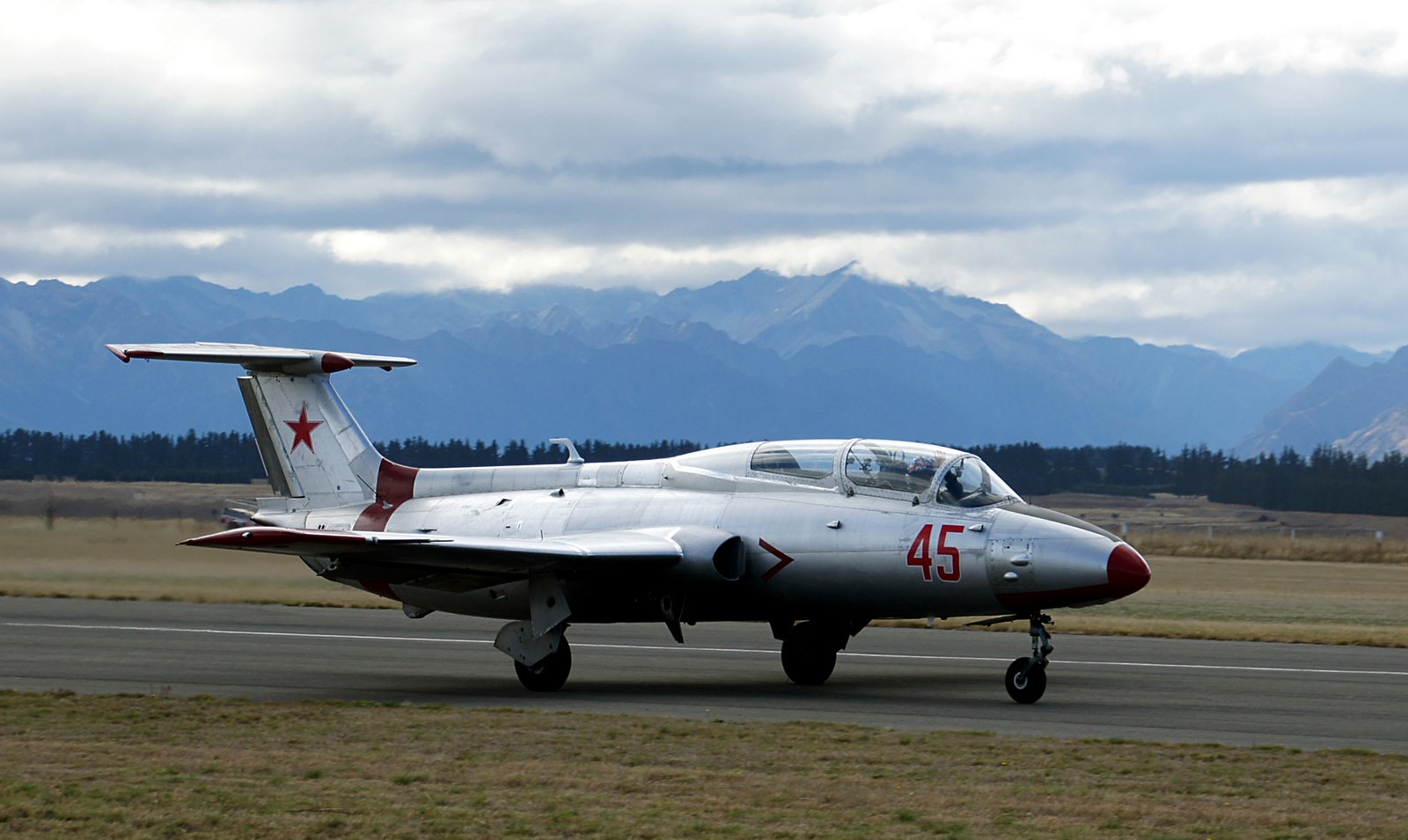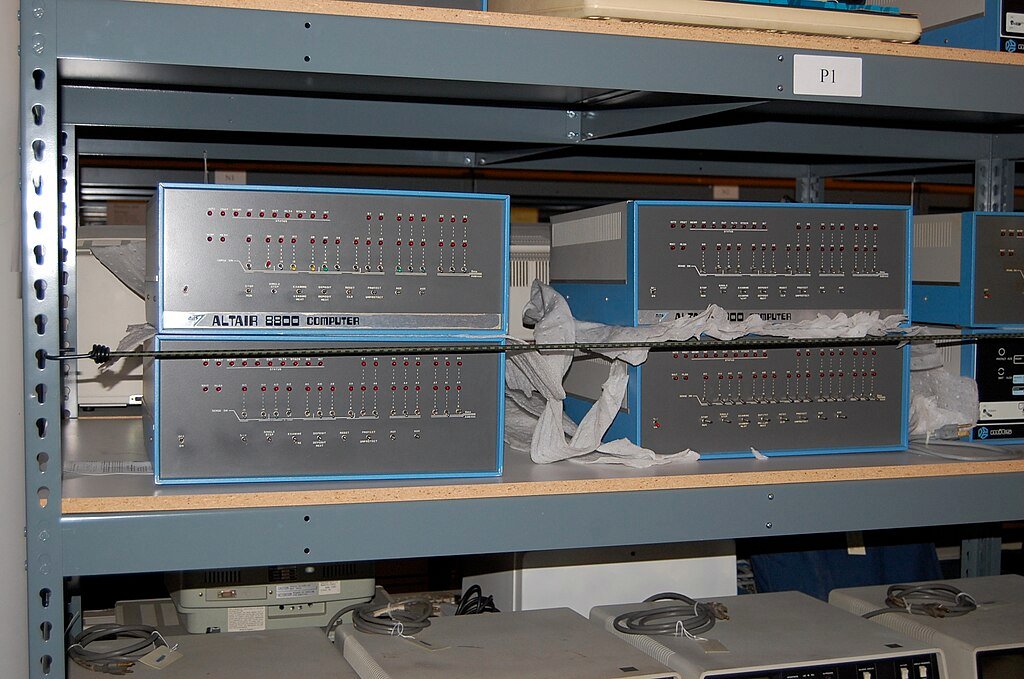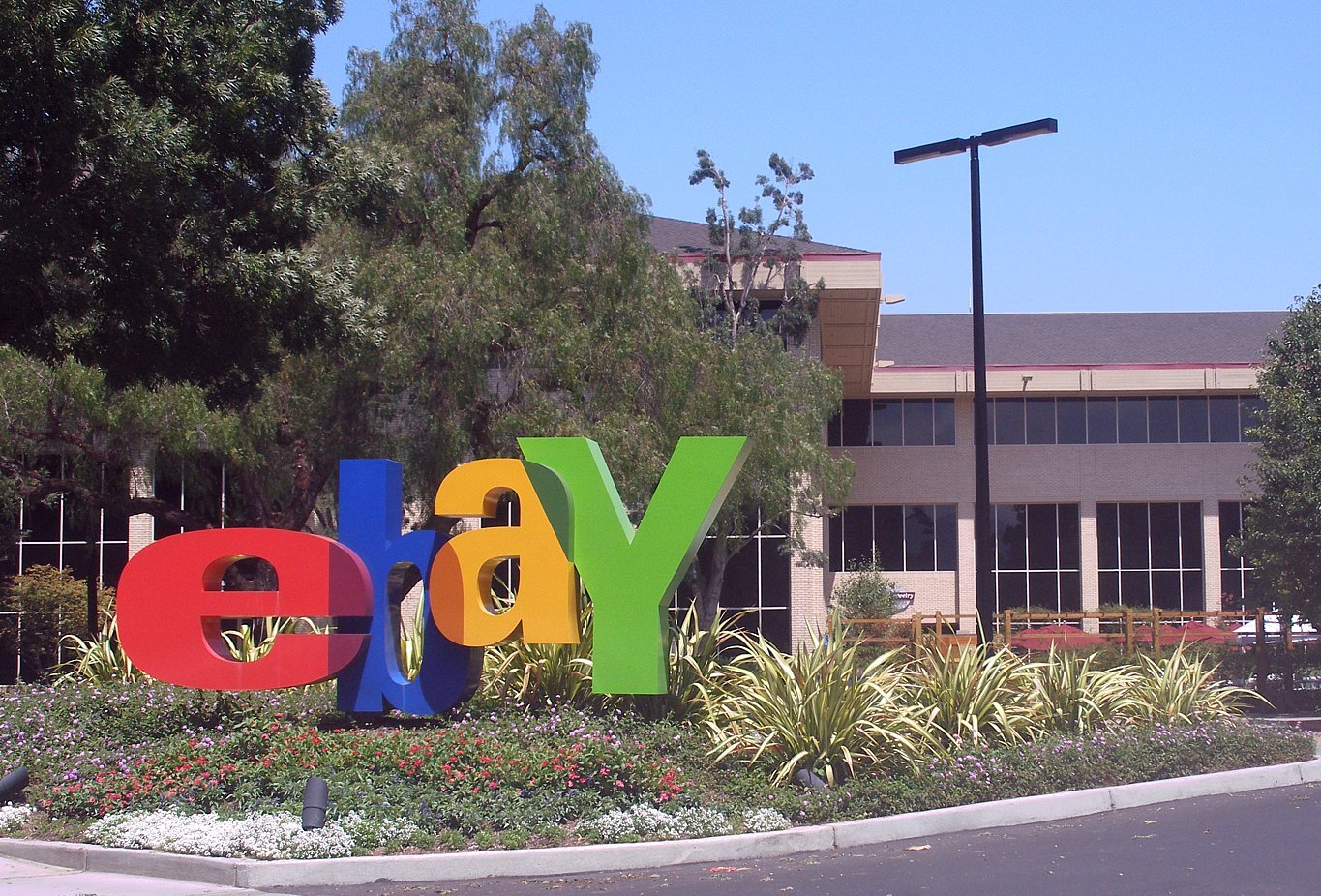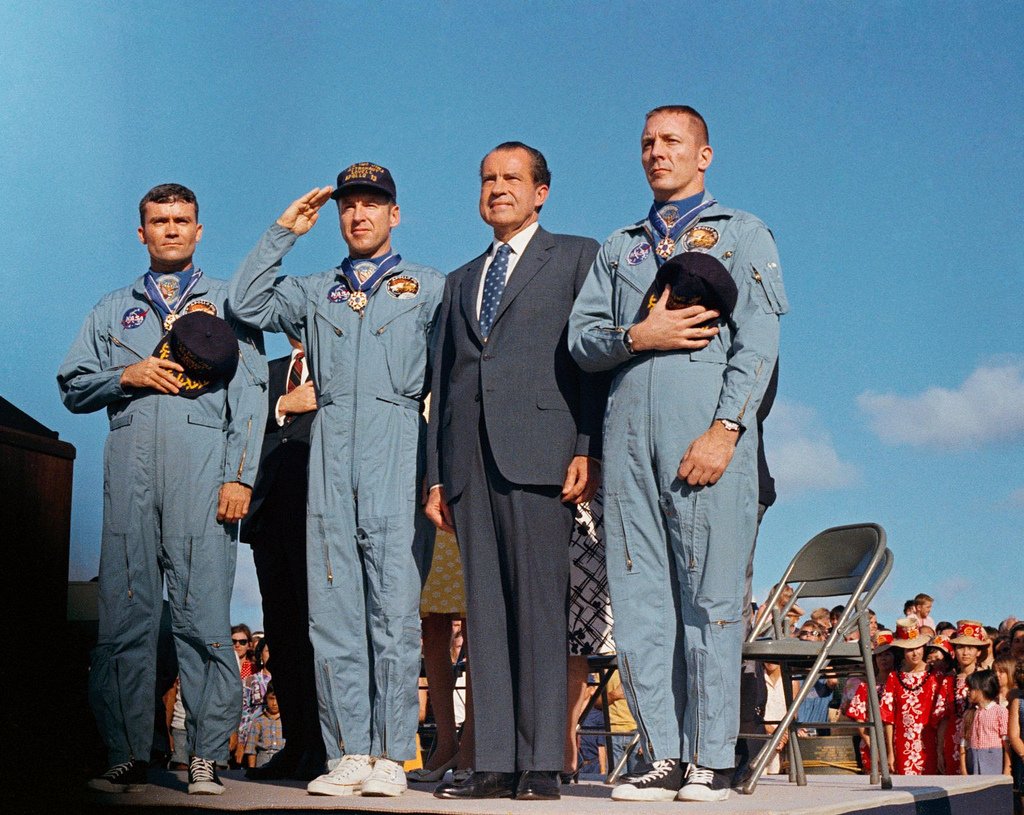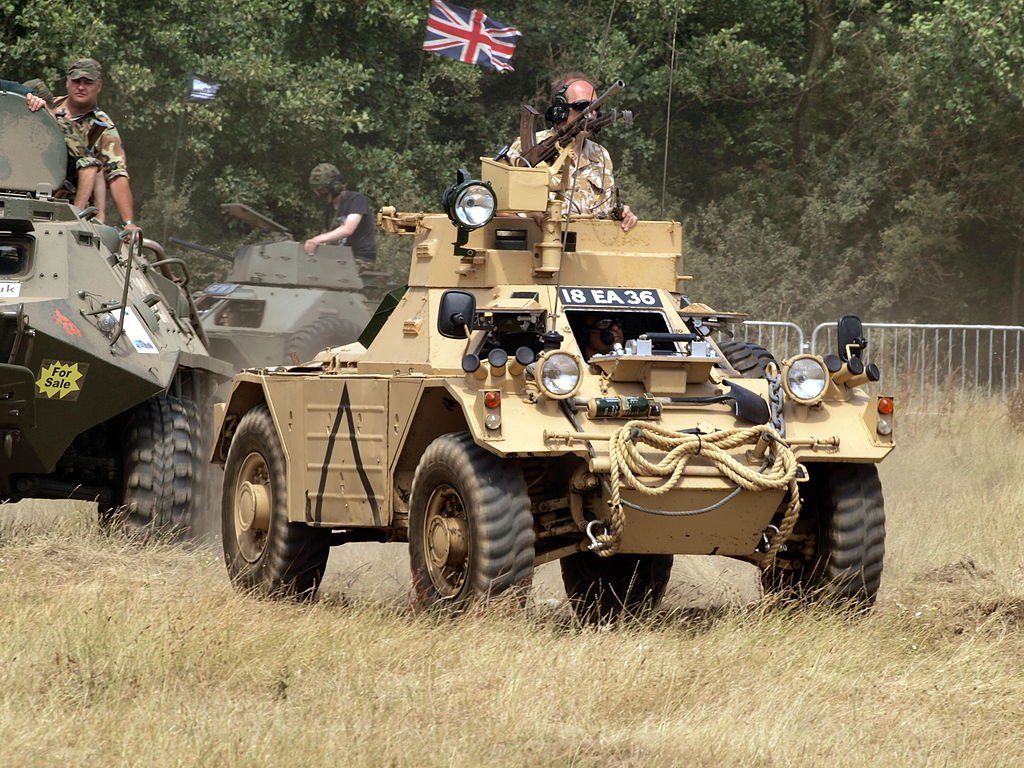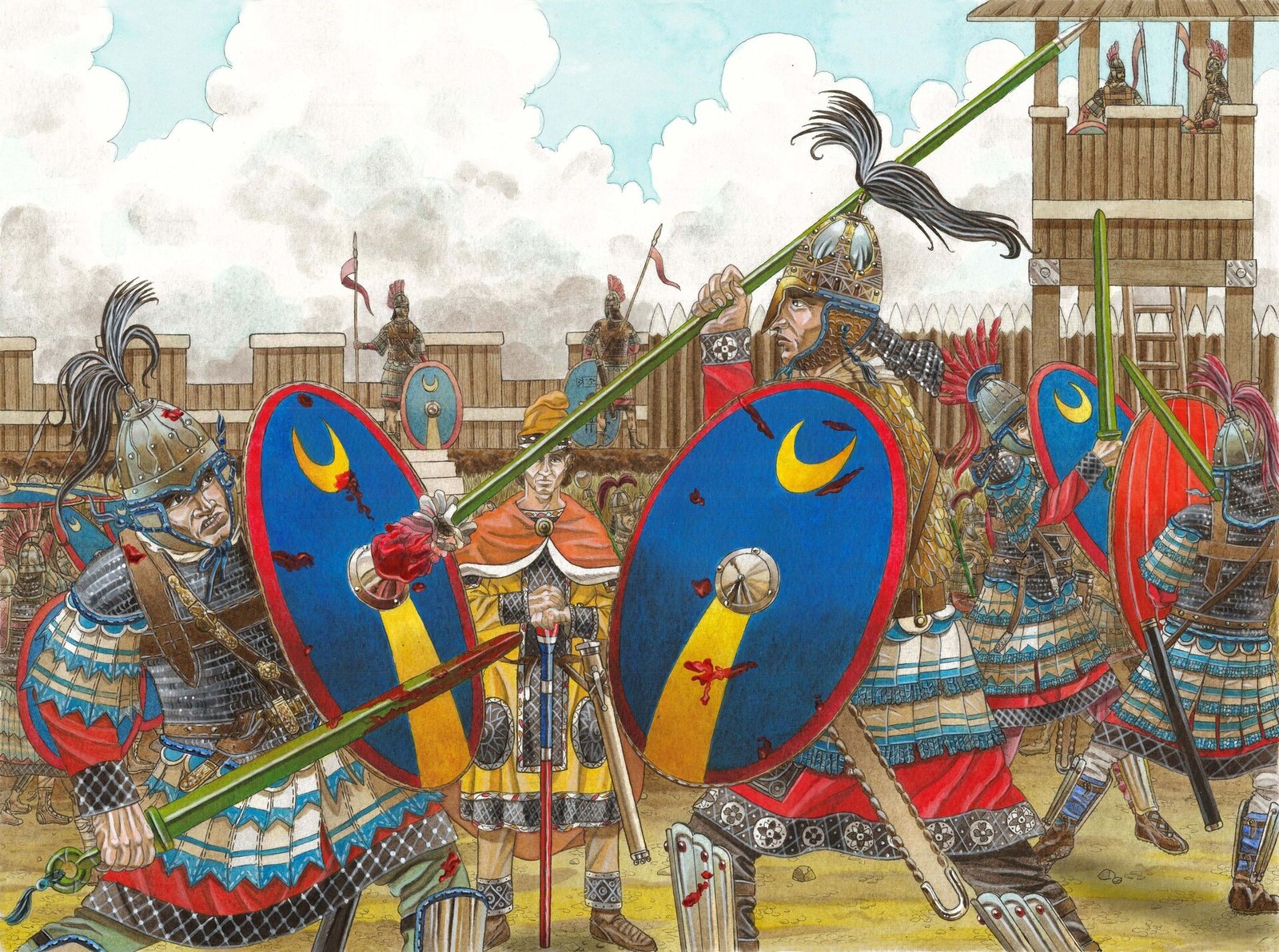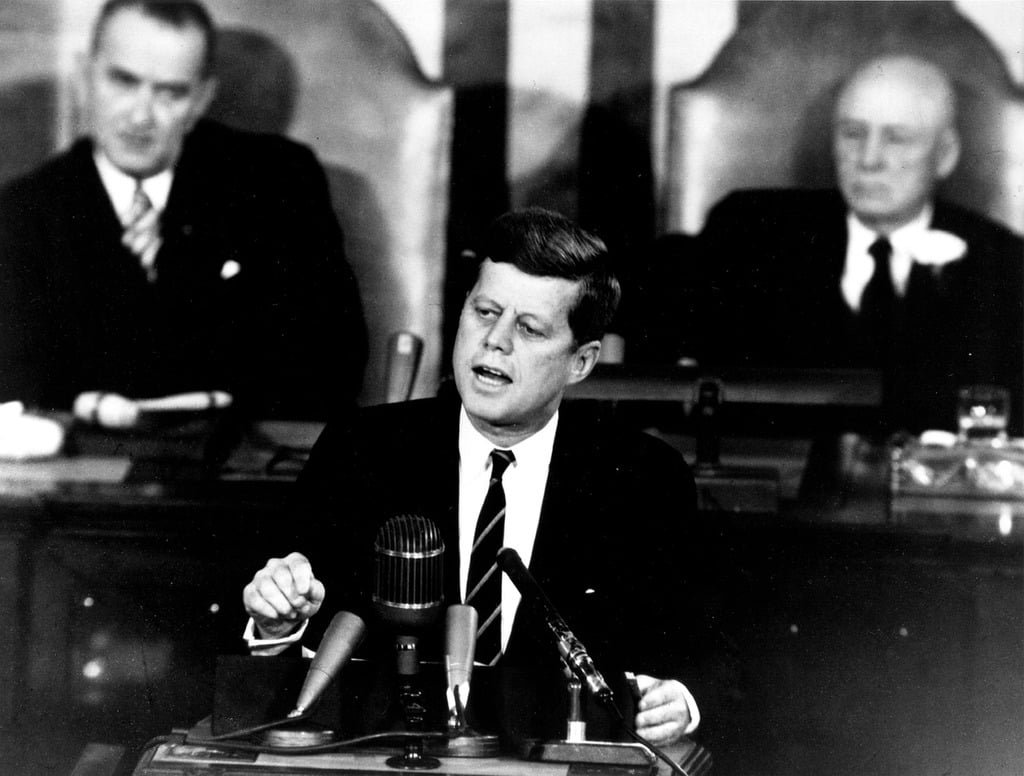In the vast arena of global geopolitics, few subjects have captured as much attention and apprehension as the North Korean nuclear program. Over the decades, this secretive and isolated nation has taken center stage in international discussions, with its nuclear aspirations creating ripples across regional and global security. This blog seeks to unravel the intricate evolution of North Korea’s nuclear program, examining its origins, key milestones, and the profound impact it has left on the international stage. Before delving deeper into this exploration, let’s address some fundamental questions related to the history and recent developments:
Table of Contents
What is the history of North Korea’s nuclear program?
The history of North Korea’s nuclear program is characterized by a series of developments, shifts in policy, and international tensions. Here is a chronological overview of key events in the evolution of North Korea’s nuclear program:

1950s – Post-Korean War Period
North Korea’s nuclear ambitions can be traced back to the aftermath of the Korean War in the early 1950s.
The Soviet Union played a significant role in helping North Korea establish its nuclear infrastructure initially for peaceful purposes.
1980s – Military Shift
In the 1980s, under the leadership of Kim Il-sung and later Kim Jong-il, North Korea began shifting its nuclear program towards military applications.
The regime sought to develop a credible nuclear deterrent amid perceived external threats.
1994 – Agreed Framework
In an attempt to ease tensions, the United States and North Korea entered into the Agreed Framework in 1994.
The agreement aimed to freeze and eventually dismantle North Korea’s nuclear program in exchange for economic assistance and the construction of light-water reactors.
2000s – Escalation and Negotiations
The early 2000s saw a series of negotiations, including the Six-Party Talks involving North Korea, South Korea, the United States, China, Japan, and Russia.
Despite talks, North Korea conducted its first nuclear test in 2006, raising international concerns and leading to increased diplomatic efforts to address the issue.
2009 – Withdrawal from Talks
North Korea withdrew from the Six-Party Talks in 2009, citing dissatisfaction with the international response to its rocket launch.
Subsequent nuclear tests and missile launches further strained relations with the international community.
2011 Onwards – Kim Jong-un’s Era
Kim Jong-un assumed leadership in 2011, marking a period of accelerated advancements in North Korea’s nuclear capabilities.
The regime conducted multiple nuclear tests and made significant strides in missile technology, heightening regional and global concerns.
2018 – Diplomatic Efforts
In 2018, historic summits between Kim Jong-un and then-U.S. President Donald Trump generated optimism for diplomatic resolutions.
Despite initial positive developments, talks faced challenges, and a comprehensive agreement remained elusive.
Present – Ongoing Challenges
As of the present day, North Korea’s nuclear program remains a contentious issue.
The international community continues to grapple with finding a diplomatic solution and balancing engagement with pressure to curb North Korea’s nuclear ambitions.
How did North Korea acquire nuclear power?
The roots of its nuclear program can be traced back to the 1950s when the Soviet Union assisted for peaceful purposes. Originally established with the intention of serving mild applications, the program took a crucial turn in the 1980s. During this period, leaders like Kim Il-sung and Kim Jong-il redirected North Korea’s nuclear ambitions toward military applications, signaling a strategic shift in response to perceived external threats.
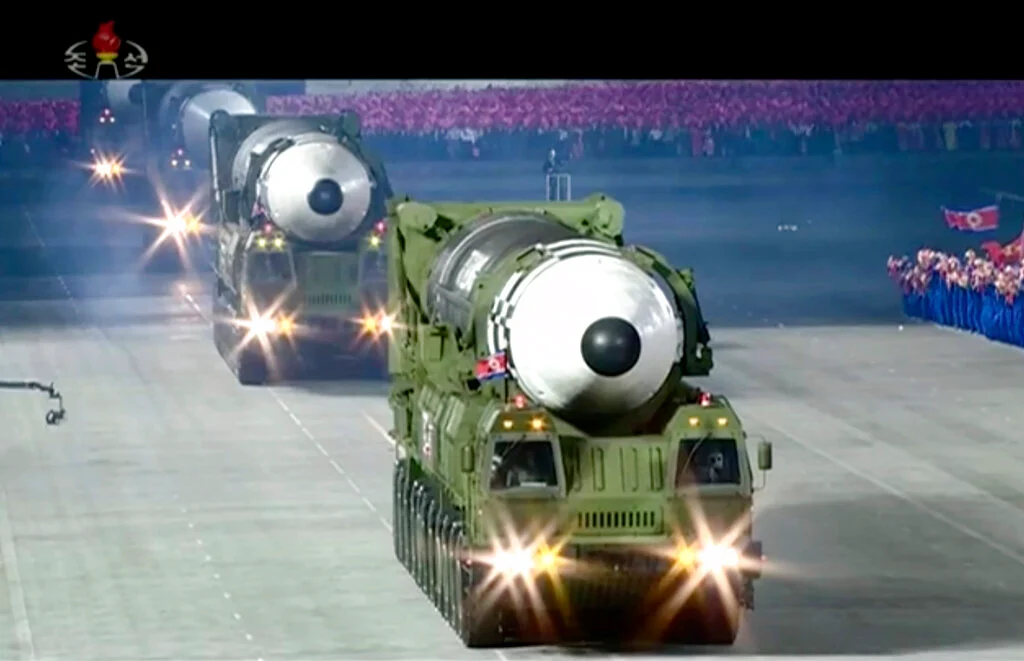
In the subsequent years, we have witnessed a series of events shaping the evolution of North Korea’s nuclear program. In 1994, the Agreed Framework was established, aiming at denuclearization through diplomatic means. However, challenges arose, leading to North Korea conducting its first nuclear test in 2006. Technological advancements further accelerated in the 2010s under Kim Jong-un, amplifying global concerns. Presently, international sanctions and diplomatic endeavors are underway to resolve North Korea’s nuclear ambitions, yet the situation remains intricate and shrouded in secrecy as of the latest update in January 2022. For the most recent developments, consulting reliable news sources is advised.
With these questions addressed, we can now proceed to delve into the comprehensive examination of North Korea’s nuclear journey.
Origins of North Korea’s Nuclear Program
To understand the contemporary state of North Korea’s nuclear program, one must delve into its historical origins. The genesis of North Korea’s quest for nuclear capability can be traced back to the aftermath of the Korean War in the 1950s. Initially conceived with the support of the Soviet Union for peaceful applications, the program’s trajectory underwent a critical transformation as Cold War tensions escalated.
In its nascent stages, the nuclear program was envisioned for peaceful purposes, aligning with the Soviet Union’s assistance in establishing North Korea’s nuclear infrastructure. However, the geopolitical landscape shifted with the intensification of Cold War rivalries. As global tensions mounted, North Korea, under leaders like Kim Il-sung, redirected its nuclear ambitions toward military applications. This strategic shift marked a turning point, setting the stage for the development of a nuclear deterrent to safeguard North Korea’s sovereignty. Thus, the historical roots of North Korea’s nuclear program reflect a complex interplay of international dynamics and strategic considerations, ultimately shaping its evolution into a source of global concern.
The Transition to Military Applications
During the 1980s, North Korea underwent a pivotal shift toward military applications in response to perceived external threats. Under the leadership of Kim Jong-il, the regime embarked on a strategic initiative to develop a credible nuclear deterrent, viewing it as imperative for safeguarding the nation’s sovereignty. This marked a departure from the initial pursuit of nuclear technology for peaceful purposes. The transition to a military-focused nuclear program in the 1980s not only heightened regional and global concerns but also initiated the first significant standoff over North Korea’s nuclear ambitions.

The move towards military applications introduced a new and alarming dimension to the geopolitical landscape, as North Korea’s nuclear capabilities began to be perceived not just as tools for energy or scientific research but as potential weapons with geopolitical implications. The international community closely monitored these developments, setting the stage for ongoing tensions and diplomatic challenges related to North Korea’s nuclear pursuits.
The 1994 Agreed Framework and Early Denuclearization Attempts
In 1994, amidst escalating tensions, the U.S. and North Korea entered the Agreed Framework, a pivotal diplomatic accord aiming to address the nuclear crisis. The agreement intended to freeze and dismantle North Korea’s nuclear program, offering economic aid and light-water reactor construction. Initially fostering optimism, it symbolized a commitment to peaceful dialogue and collective efforts to curb nuclear proliferation on the Korean Peninsula. However, challenges in implementation, such as interpreting agreement terms, aid delivery delays, and evolving geopolitics, led to doubts about achieving complete denuclearization. Despite complexities, the Agreed Framework laid a foundation for future negotiations, emphasizing the intricate nature of addressing nuclear issues with sustained commitment, trust-building, and transparent communication.
The 2000s: Escalation, Negotiations, and Nuclear Tests
In the early 2000s, North Korea’s interactions with the global community experienced notable fluctuations despite engaging in talks with key stakeholders. However, the geopolitical landscape underwent a seismic shift in 2006 when North Korea conducted its first-ever nuclear test. This pivotal event not only marked a substantial escalation in the nation’s nuclear capabilities but also sent shockwaves throughout the global community, heightening existing concerns about regional and international security.
In response to this significant development, the international community swiftly intensified its efforts to address and restrain North Korea’s nuclear ambitions. Recognizing the urgency of finding a diplomatic resolution, concerted measures were implemented, combining diplomatic channels with increased scrutiny and pressure. The aim was to navigate the intricate challenges posed by North Korea’s advancing nuclear program and promote stability in the region through collaborative and strategic international initiatives.
Six-Party Talks and the Unraveling of Agreements
The Six-Party Talks, which involved North Korea, South Korea, the United States, China, Japan, and Russia, were convened with the primary goal of finding a diplomatic resolution to the nuclear tensions on the Korean Peninsula. Despite sporadic instances of progress, establishing trust among the participating nations proved to be a challenging endeavor. The delicate diplomatic dance unfolded against the backdrop of North Korea’s withdrawal from the talks in 2009, a pivotal moment that marked a setback in the pursuit of a comprehensive agreement. The subsequent nuclear tests conducted by North Korea heightened regional tensions, leading to a deterioration of diplomatic relations and the imposition of increased sanctions and international isolation.
The unraveling of agreements during this period served as a stark reminder of the intricate nature of the geopolitical challenges surrounding North Korea’s nuclear program. It underscored the ongoing difficulties in fostering lasting diplomatic solutions. It highlighted the necessity for sustained international cooperation to address the complex and longstanding concerns related to nuclear proliferation on the Korean Peninsula.

Kim Jong-un’s Era: Accelerated Advancements
Since assuming leadership in 2011, Kim Jong-un has spearheaded a rapid acceleration of North Korea’s nuclear program. Under his regime, the country conducted multiple nuclear tests, signaling a heightened commitment to advancing its nuclear capabilities. In tandem, North Korea achieved significant strides in missile technology, showcasing a newfound level of sophistication that posed renewed challenges for the international community. Kim Jong-un’s assertive pursuit of nuclear advancements marked a departure from previous diplomatic norms, raising concerns about the potential implications for regional and global security.
The accelerated pace of North Korea’s nuclear program during Kim Jong-un’s era has intensified the urgency for comprehensive international efforts. Addressing these evolving threats requires a strategic approach that goes beyond conventional diplomatic frameworks, recognizing the complex geopolitical dynamics at play. The global community faces the ongoing challenge of navigating this intricate landscape and seeking viable solutions to ensure stability and peace in the region.
Hopes for Diplomacy: The Trump-Kim Summits
The year 2018 witnessed a surprising diplomatic turn with unprecedented summits between North Korean leader Kim Jong-un and then-U.S. President Donald Trump. These historic meetings generated a sense of optimism as both leaders engaged in dialogue, raising hopes for diplomatic resolutions and progress towards denuclearization. The symbolic gestures of goodwill marked a departure from longstanding tensions, offering a glimpse into the potential for improved relations.
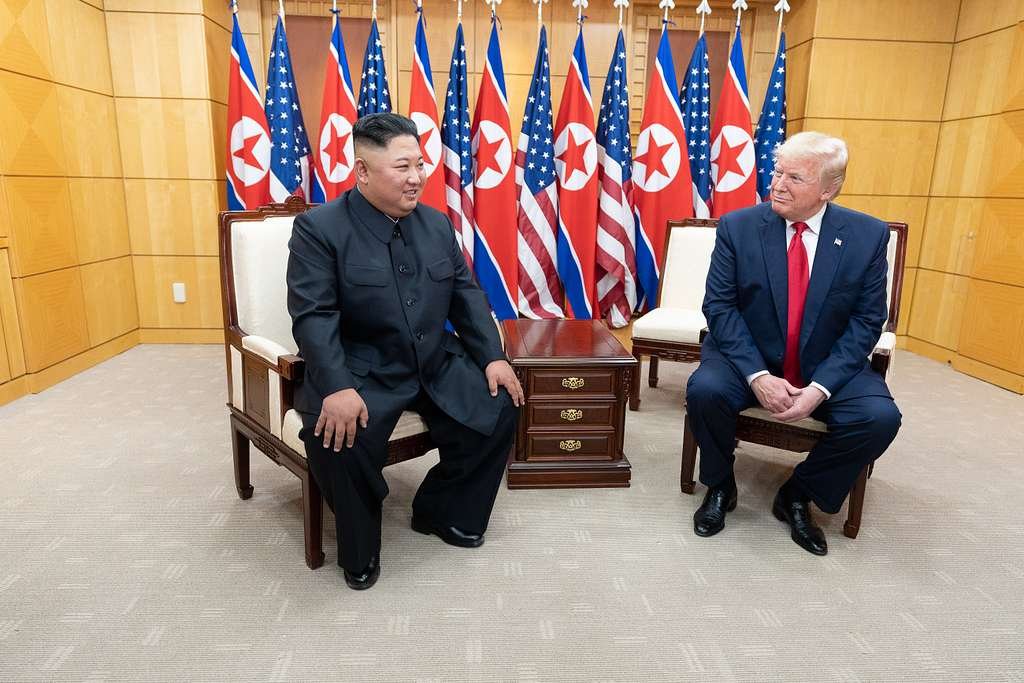
However, the optimism surrounding the Trump-Kim summits was tempered by the subsequent breakdown of talks. Despite initial strides, challenges in reaching a comprehensive agreement became evident. Differences in expectations, concerns over the extent of denuclearization commitments, and broader geopolitical complexities contributed to the impasse. The summits, while showcasing the potential for diplomatic breakthroughs, underscored the persistent difficulties in addressing the complex and multifaceted nature of the North Korean nuclear issue.
Current Status and Future Outlook
As of the present moment, North Korea’s nuclear program presents a challenging dilemma with no clear resolution in sight. The international community grapples with the complex task of balancing diplomatic engagement and pressure to curb North Korea’s nuclear ambitions. Ongoing efforts, including sanctions and diplomatic channels, aim to find a lasting and peaceful solution to the crisis. Diplomatic initiatives continue despite setbacks, recognizing the importance of sustained engagement in fostering understanding and cooperation. Simultaneously, sanctions serve as a tool to exert pressure and dissuade further nuclear advancements. The future outlook remains uncertain, and the commitment to dialogue, cooperation, and strategic measures remains crucial for stability and global security in the face of North Korea’s nuclear challenges.
The evolution of North Korea’s nuclear program is a complex narrative shaped by historical, geopolitical, and strategic factors. From modest beginnings to global concern, the journey has been marked by diplomatic overtures, setbacks, and periodic escalations. As the international community navigates this intricate landscape, the pursuit of a denuclearized Korean Peninsula remains a paramount goal—one that demands ongoing dialogue, cooperation, and a commitment to global peace and security.


